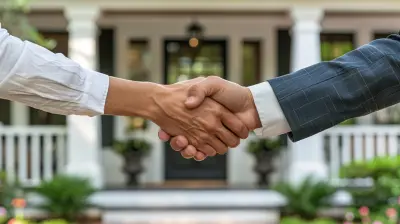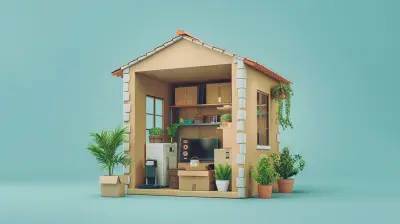The Psychology Behind Open Houses: What Attracts Buyers
16 October 2025
When it comes to buying a home, emotions play a massive role. Sure, square footage, location, and price matter, but it's often the intangible factors that tip the scales. That’s why open houses are such a powerful tool in real estate. They don’t just showcase a property—they create an experience.
But what exactly makes an open house irresistible to buyers? Is it the scent of freshly baked cookies, the soft background music, or the way natural light filters through oversized windows? In this article, we’ll dive into the psychology behind open houses and what attracts buyers, turning "just browsing" into "where do I sign?" 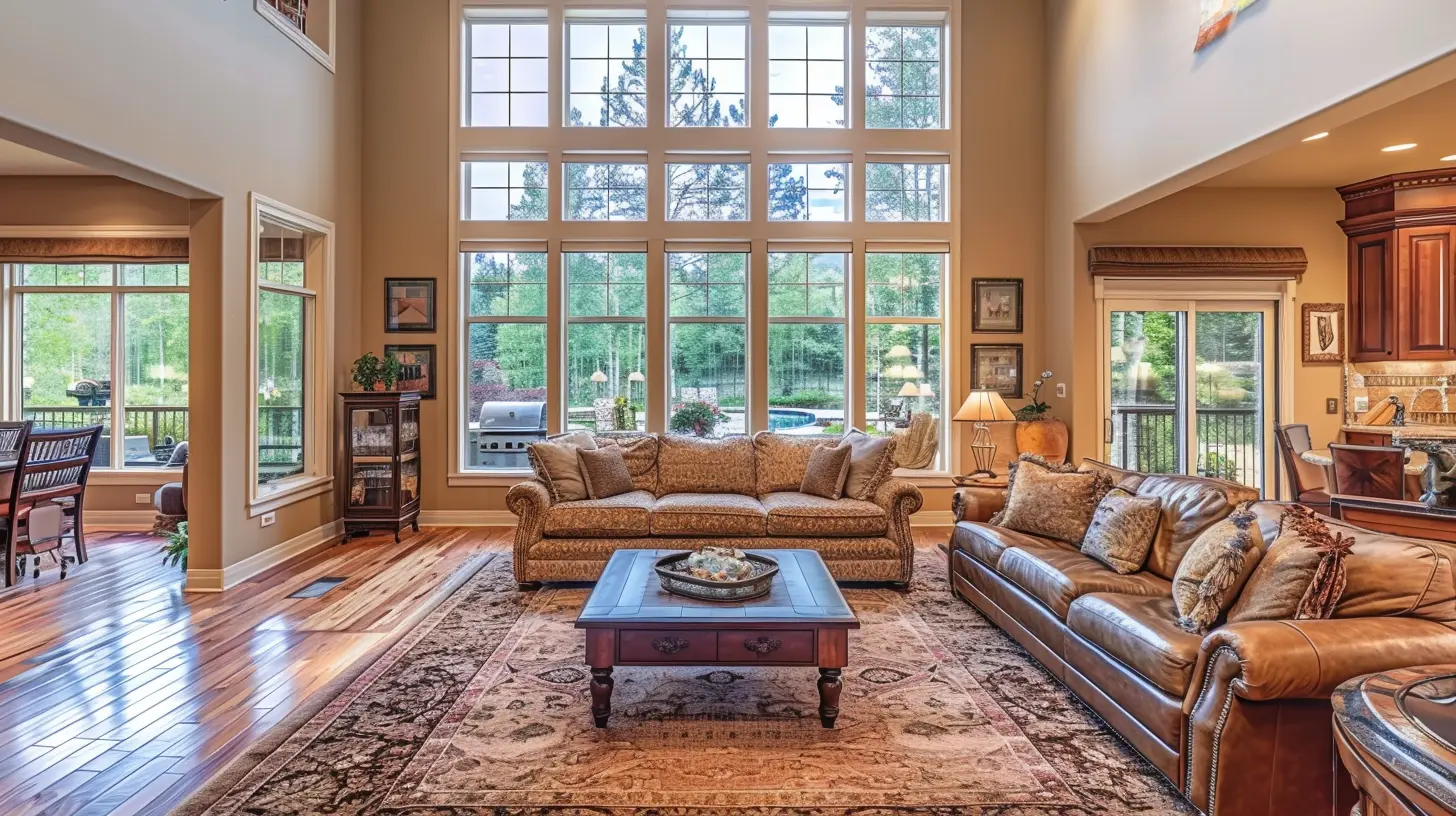
First Impressions Matter: The Power of Curb Appeal
They say you never get a second chance to make a first impression, and in real estate, this is doubly true. Before potential buyers even step inside, they're already forming opinions based on the exterior of the home.What Makes Curb Appeal So Important?
Buyers often decide within the first few seconds whether they feel a property is "right" for them. A manicured lawn, vibrant flowers, a freshly painted front door—these small touches can trigger a sense of warmth and welcome.The Emotional Impact
A home with strong curb appeal suggests care and attention to detail. Buyers subconsciously think, “If the outside looks this good, the inside must be even better.” On the flip side, peeling paint, overgrown grass, or a cluttered porch can instantly dampen enthusiasm.Pro tip: A simple touch-up, like power washing the driveway or adding potted plants, can make a big difference in shaping positive first impressions. 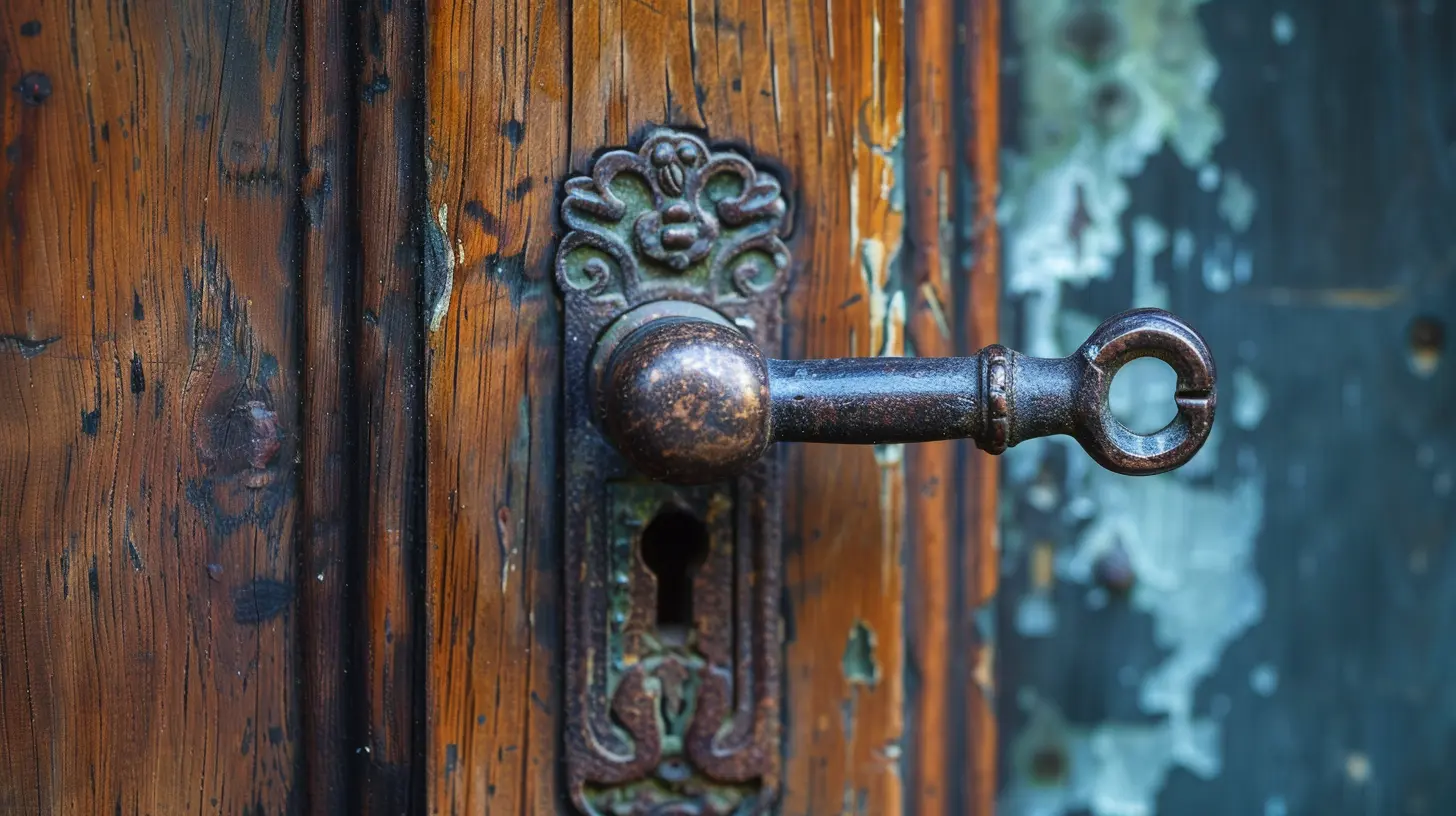
Staging: The Art of Setting the Scene
Walking into an empty house feels cold and unwelcoming. Staging helps buyers visualize how they could live in the space, making it feel like home from the moment they step inside.Why Staging Works
Psychologically, people connect better with spaces that feel lived-in (but not cluttered). A well-placed sofa, a cozy reading nook, or a beautifully set dining table makes a home feel more inviting.The Role of Neutral Decor
While personal style is great, potential buyers need to see themselves in a home. That’s why neutral color palettes, minimalist decor, and tasteful furnishings work best. They create a blank canvas for buyers to project their lives onto.Quick tip: Mirrors can make rooms feel larger, and soft lighting enhances warmth—two tricks that can subtly boost a home's appeal. 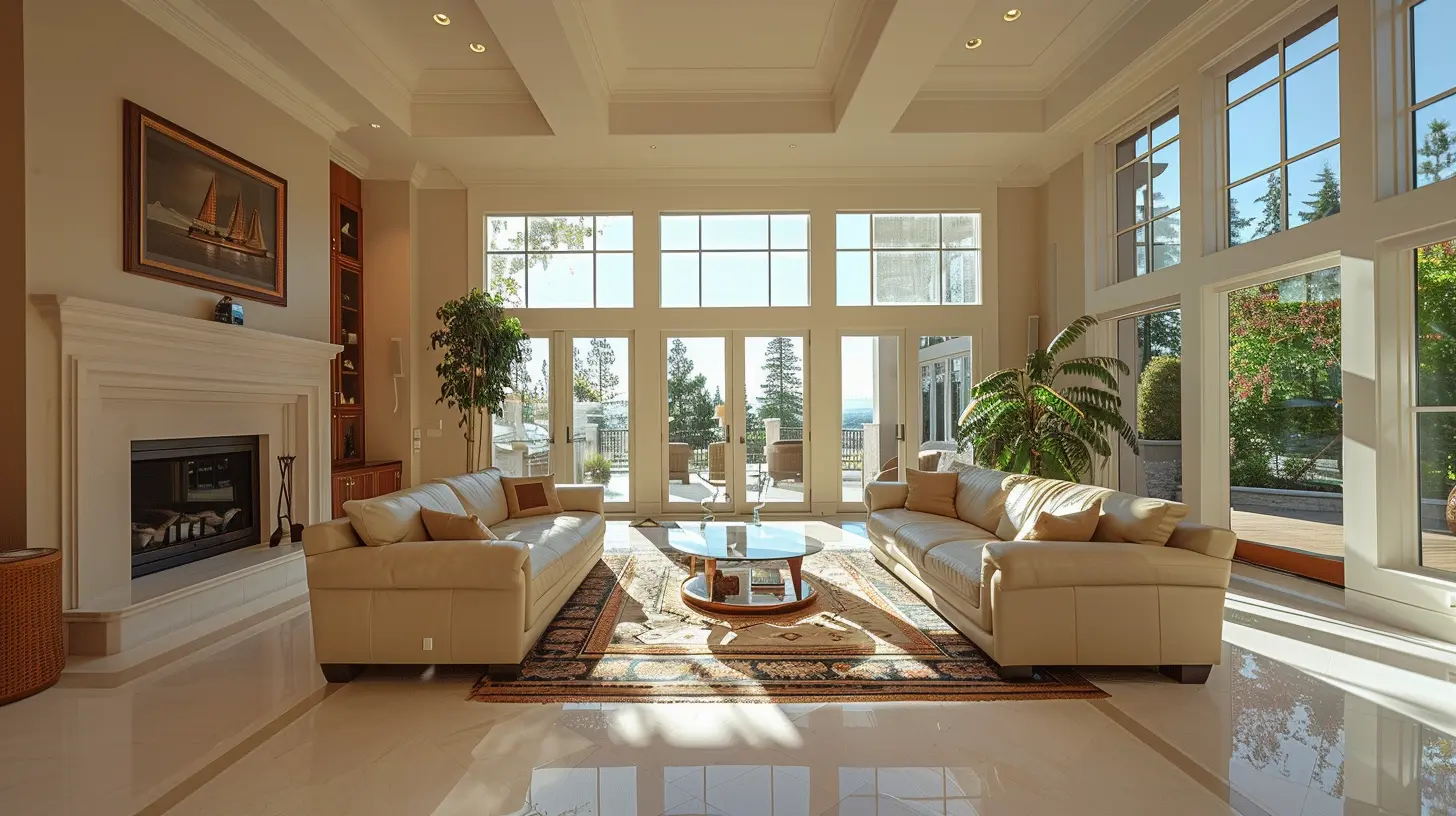
The Influence of Scent: More Than Just Fresh Cookies
Ever walked into a home and instantly felt at ease? Chances are, scent played a big role in that feeling. Our sense of smell is closely tied to memory and emotions, making it a powerful tool in real estate.Why Smell Matters
A house that smells clean and fresh is more inviting than one with lingering pet odors or the scent of last night’s dinner. Subtle, pleasant aromas—like vanilla, citrus, or fresh linen—can make a space feel more comfortable and appealing.The Psychology Behind Scents
Certain scents evoke strong emotions. Lavender promotes relaxation, citrus energizes, and freshly baked cookies? Well, they make people feel at home. But be careful—overpowering fragrances can have the opposite effect, making buyers suspicious of what’s being masked.Best approach: Keep it light and natural. A bowl of fresh lemons in the kitchen or lightly scented candles can do wonders. 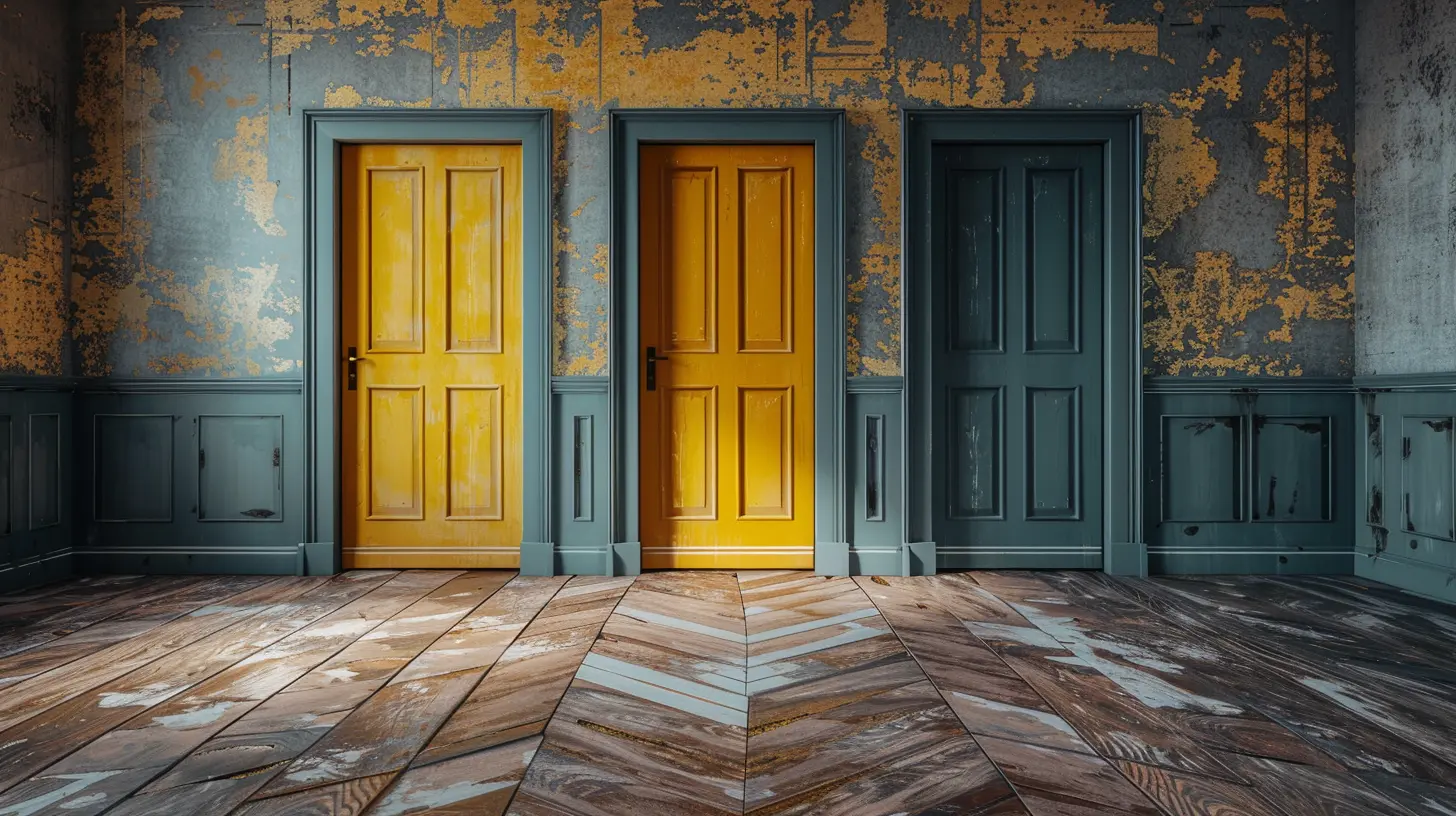
The Role of Lighting: Bright Spaces Feel Bigger
A dark home feels small and uninviting, while a well-lit space feels airy and open. It's no surprise that lighting plays a critical role in making a home more attractive to buyers.Natural vs. Artificial Lighting
Natural light is always a winner. Open those curtains wide and let the sunshine in! But if the home lacks natural light, strategically placed lamps and warm-toned bulbs can mimic daylight, making the space feel just as inviting.Psychological Effects of Light
Bright spaces feel more spacious and cheerful, while dim lighting can create a sense of gloom or confinement. Soft, warm lighting in the evening helps create a cozy, relaxing atmosphere—perfect for making a house feel like a home.Quick hack: If a room lacks windows, use mirrors to reflect light and create an illusion of openness.
The Importance of Space and Flow
Ever walked into a home and immediately felt comfortable? That’s not an accident—it's good layout design at play.Open Floor Plans vs. Compartmentalized Spaces
Most modern buyers gravitate towards open floor plans because they make a home feel larger and more connected. Too many walls can make a space feel cramped, while an easy-flowing layout encourages movement and interaction.Why Flow Matters
The way a home is arranged can subconsciously affect how buyers feel. A choppy, awkward layout may create feelings of discomfort, while a smooth, intuitive flow makes a space feel more enjoyable to navigate.Tip: If a floor plan isn’t naturally open, strategic furniture placement can help guide buyers through the home in a way that feels seamless.
Emotional Triggers: Creating a Sense of "Home"
At the end of the day, buying a home is an emotional decision. Buyers aren’t just looking for a house; they’re searching for a place where they can envision their future.The Power of Storytelling
A skilled real estate agent doesn’t just list features—they tell a story. Instead of saying, “This is the living room,” they paint a picture: “Imagine curling up here on a rainy Sunday with a good book.”Family-Friendly Cues
For buyers with kids, small touches—like a cozy play area or family-friendly backyard—can make a home feel like the perfect fit. Young professionals might be drawn to sleek home offices or stylish entertaining spaces.Final thought: People buy based on emotions and justify with logic. A well-prepped open house nudges buyers in the right direction by making them feel like they’ve already found home.
The Bottom Line
Open houses are more than just a casual walkthrough—they're a carefully crafted experience designed to appeal to buyers on a deeper level. From first impressions to emotional triggers, every little detail matters.Want to make sure your open house stands out? Focus on curb appeal, staging, scent, lighting, space, and the emotional connection. When buyers can already see themselves living in the home before they even leave the showing, you know you've won them over.
all images in this post were generated using AI tools
Category:
Open HousesAuthor:

Elsa McLaurin
Discussion
rate this article
1 comments
Ruby Forbes
In the dance of light and space, Open houses beckon, a warm embrace. With whispers of home and dreams untold, They stir the heart, a story unfolds. In every corner, a hope ignites, Drawing buyers to future delights.
October 18, 2025 at 3:40 AM

Elsa McLaurin
Thank you for capturing the essence of open houses! Your words beautifully convey how they evoke emotions and ignite hope in potential buyers.

